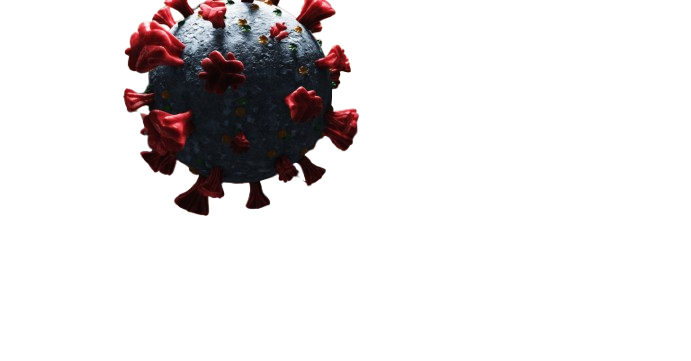Ribozyviria
Introduction to Ribozyviria
Ribozyviria is a realm of satellite nucleic acids — infectious agents that resemble viruses but cannot replicate without the help of a helper virus. Established in ICTV TaxoProp 2020.012D, the realm is named after the presence of genomic and antigenomic ribozymes of the Deltavirus type. The agents in Ribozyviria are distinct from satellite viruses in that they do not encode all of their own structural proteins and instead rely on proteins from their helper viruses to assemble. Common features of these agents include a rod-like structure, an RNA-binding "delta antigen" encoded in the genome, and a preference for animal hosts. The genomes of these viruses range in size from about 1547 to 1735 nucleotides and encode a hammerhead ribozyme or a hepatitis delta virus ribozyme, with only one conserved protein involved in their coding capacity.

Evolutionary Origins and Classification
The evolutionary origin of the Ribozyviria realm remains unclear. It has been proposed that these agents may have evolved from retrozymes (a family of retrotransposons) or from a viroid-like element that captured capsid proteins. Despite the various hypotheses, most lineages within Ribozyviria are still poorly understood. However, the genus Deltavirus, which includes the causal agents of hepatitis D in humans, is a well-known and extensively studied exception. The genus has provided significant insight into the characteristics and behavior of viruses within this realm, even as many other members remain enigmatic.

